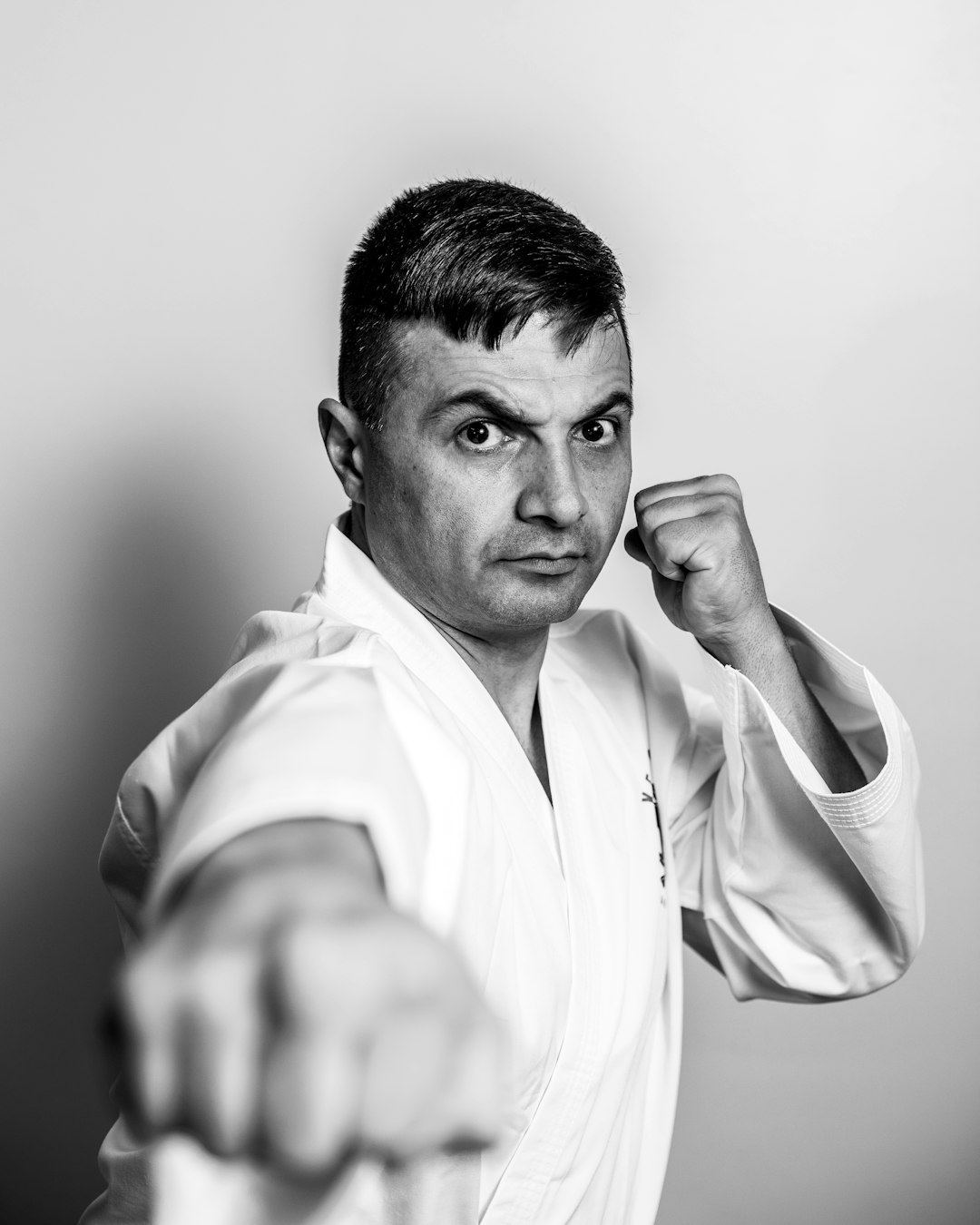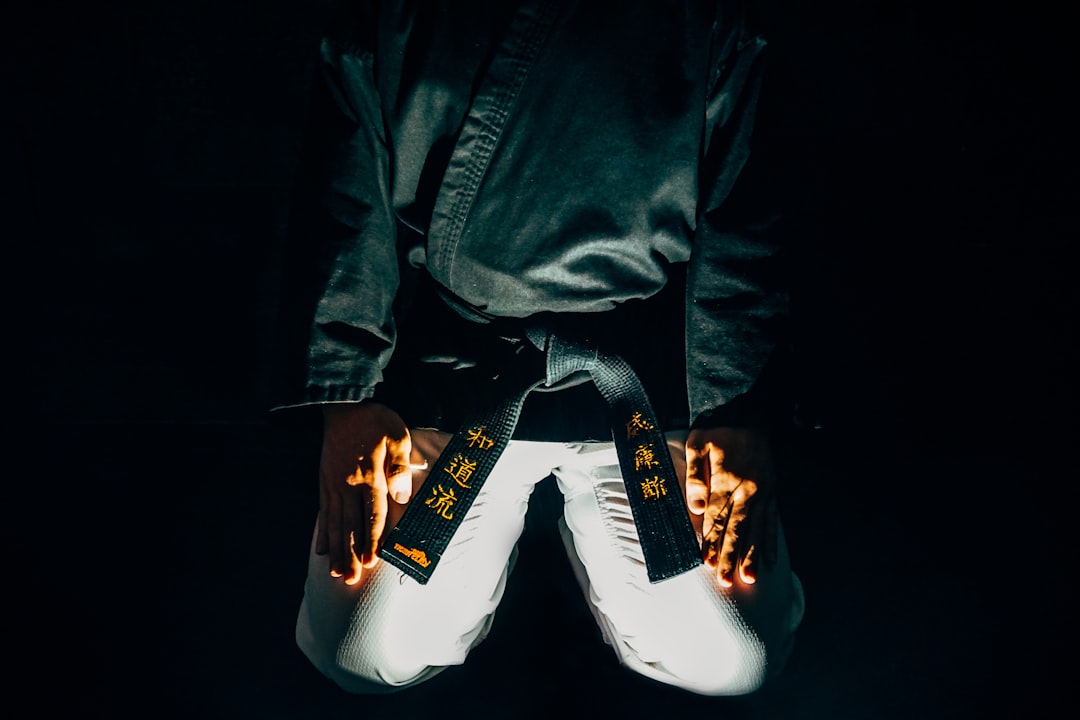The article delineates the precise terminology for the traditional garment used in karate practice, which is referred to as a "keikogi," distinct from other martial arts uniforms. This karate uniform is specifically designed to meet the demands of karate, offering both practical movement capabilities and a nod to its cultural roots. It consists of a white cotton jacket, trousers, and belt, upon which ranks are indicated through patches and belts. For karate practitioners, accurately referring to this attire as a "keikogi" is essential for honoring the martial art's tradition and facilitating clear communication within the karate community. The evolution of the karategi, also known as a "do-gi," from its judo origins to its current tailored form for karate, underscores the garment's significance beyond mere clothing—it is a symbol of discipline, respect, and the martial artist's personal journey towards self-mastery. The discussion underscores the importance of maintaining the karategi's integrity as it evolves with advancements in modern manufacturing and practice, ensuring that the karate uniform name remains a beacon of tradition in the martial arts world.
Exploring the essence of traditional martial arts, an article unfolds the significance behind a karate practitioner’s attire. If you’ve ever wondered, “What do you call a karate suit?” this piece will unravel that mystery and more. Delve into the origins and evolution of the karate uniform, known as the ‘Karate Gi,’ and its role in the discipline’s history and practice. Join us as we decode the terminology and reveal the deeper meaning within the fibers of this quintessential martial arts garment.
- Decoding the Term: What Is the Karate Uniform Called?
- The Evolution and Significance of the Karate Gi
Decoding the Term: What Is the Karate Uniform Called?

When engaging in karate, practitioners don a specialized garment that is distinct from those used in other martial arts. Often referred to colloquially as a “karate gi” or simply a “gi,” this uniform serves both functional and traditional purposes. The proper term for the karate suit is a “keikogi.” This term directly translates from Japanese to “training clothes,” and it encapsulates the essence of what the attire represents: a garment designed specifically for the rigors of karate practice. The keikogi, with its white cotton fabric and structured design, allows for ease of movement while also providing a canvas for rank distinction through patches and belts. It is composed of a jacket, trousers, and belt, all elements that contribute to the practitioner’s ability to perform techniques effectively without hindrance. Is it necessary to know the exact name of the karate uniform when attending a class? Absolutely, as this term is used universally within the martial art community, and understanding it can aid in respect for tradition as well as practical communication. Whether you are a beginner or an experienced karateka, recognizing your attire as a keikogi honors the discipline’s rich heritage and ensures that you are prepared according to its standards.
The Evolution and Significance of the Karate Gi

The term “karate gi,” commonly referred to as a karate uniform, has its origins in traditional Japanese martial arts attire. Over time, the design of the karate gi evolved from the judo keikogi, incorporating elements that would allow for greater mobility and functionality during practice and competition. What do you call a karate suit? It is traditionally known as a “karategi” or “do-gi” in Japanese, with the specific design variations adopted by different karate styles reflecting both cultural significance and practicality on the mat. The evolution of the karate gi has been influenced by the need to maintain the integrity of martial arts movements while also adapting to modern practices and manufacturing techniques. Does the design of a karate gi vary among different karate styles? Indeed, each style may have its own nuances in terms of color, fit, and detail, yet they all serve the purpose of providing a dignified and practical uniform for practitioners. The significance of the karate gi extends beyond its functional use; it represents the traditions and discipline inherent to the martial art. It is a symbol of respect for the practice and for fellow practitioners, and it signifies the individual’s commitment to the path of self-improvement and mastery of karate techniques.
In wrapping up our exploration, it’s clear that the karate uniform, commonly referred to as a ‘gi’, holds significant historical and cultural value within the martial art. The term ‘karate uniform’ encompasses both traditional and modern iterations of this attire, which have evolved over time to serve both functional and symbolic purposes. Understanding the name and origins of the gi offers insight into the discipline and tradition that karate upholds. Whether practicing in a dojo or competing in a tournament, the karate uniform remains an integral aspect of the practice, embodying respect, unity, and the essence of martial arts spirit.
